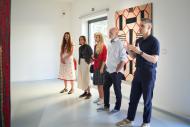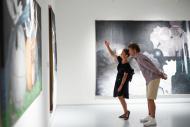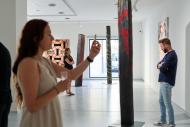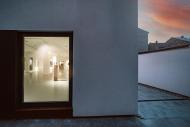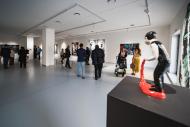People
It started with the carpet. This year, a successful collector and programmer opened his own gallery
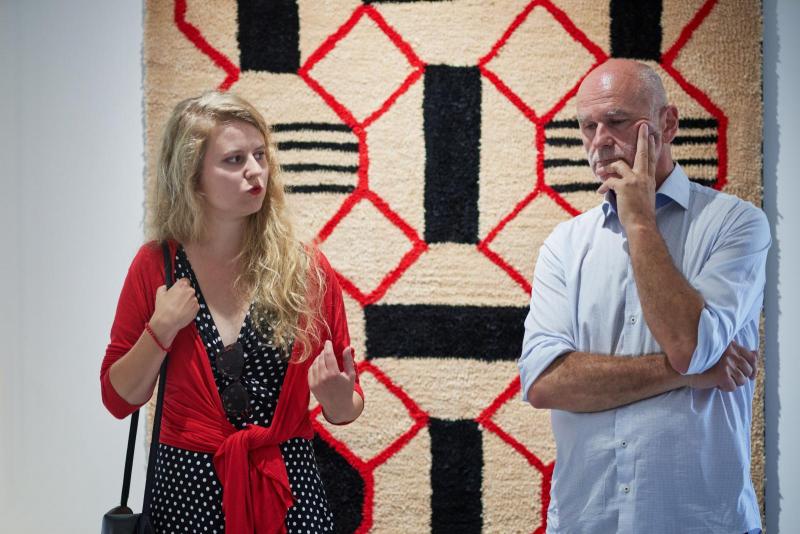
In the beginning was a carpet from IKEA. It was the one that so intrigued Josef Maixner that he began to study its model. A freshly ignited passion led him to the Persian carpet dealers on Hamburg's shipping docks. He gradually expanded his collection of historical fabrics with hundreds of other works of art. This was followed by the opening of his own gallery in the centre of Kroměříž. However, the graduated programmer from BUT never felt like an artist.
Buy paintings according to your own taste, make them available to people and not worry about whether they will appreciate in the future. The entire philosophy of Josef Maixner's art collection, which today numbers over 400 pieces, is based primarily on freedom. This is made possible, among other things, by the well-functioning office supplies business that the graduate programmer of the BUT founded 25 years ago.
Have you ever wondered whether it would be better to study art instead of computer science?
No, I don't feel like an artist. I don't have the hands to draw and model anything. After graduation I felt like a programmer. And today I still program, although only business software for my company. It develops a certain part of my brain and I enjoy it. The analytical approach helps me not only in life, but also in my art, which is based on a detailed analysis of what I see and on the follow-up.
Did your interest in art continue in the study progress?
Absolutely. I didn't go to school and only attended compulsory exercises. I spent most of my time reading literature, including art books. Fortunately, I was good at programming and I passed school without any problems.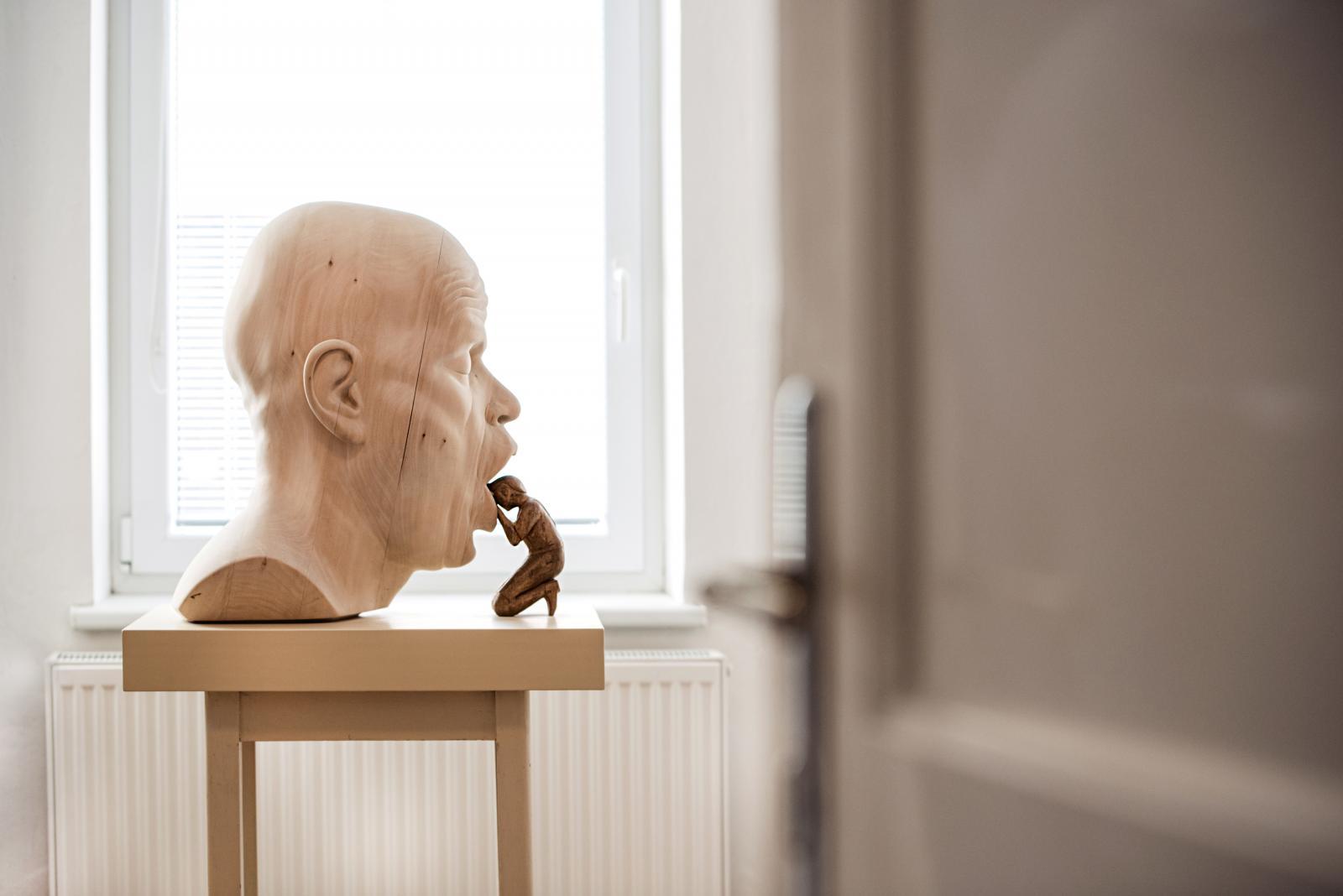
But you didn't start collecting art until you were fifty. The IKEA carpet brought you to this. How did it happen?
I needed a rug for my apartment. And since I don't mind IKEA furniture, I went there. I liked a rug that said it was from India. But I found out that it originally came from Persia, where similar carpets were made by nomadic tribes. They're mostly made of fat wool to keep warm.
I started studying carpets. I used to go to Hamburg, where the Persians have warehouses and sell carpets from all over the world. I also travelled to Iran for this and attended auctions in Vienna. That's kind of how it unfolded.
How does it happen that you go to a department store and end up on the Hamburg docks?
That's the analysis. When a problem catches my eye, I go into detail. I began to study the carpet and to see the connections. It's a utilitarian thing, but at the same time it's a great art. Nomads sleep on the carpet or have it instead of a door. They have rugs hanging up and they look at them. There is no water, no flowers, no animals in the desert. Applied art becomes art that defines the environment where you live. In Hamburg I learned to distinguish different types and origins of carpets by the wool, pattern or colour used. And that's how it all unfolded.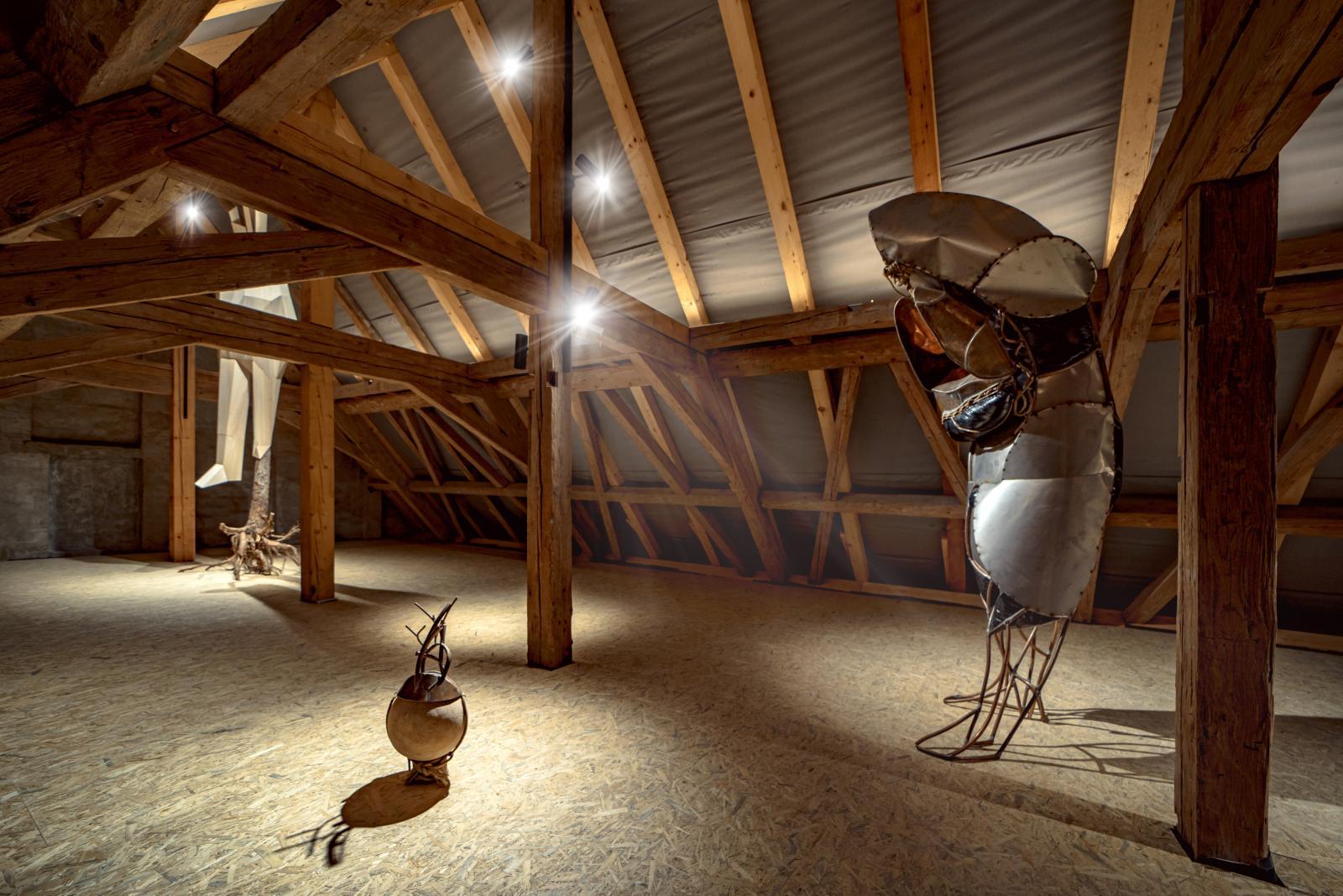
What kind of carpets did you end up getting?
It's about financial possibilities. I can invest a certain amount per month, so I was very careful when choosing. I ended up buying one carpet in Hamburg for study purposes. I couldn't afford expensive and perfect carpets from the end of the 19th century, because we would be talking about amounts of around a million crowns. That's why I chose older preserved pieces with a price of 20-50 thousand crowns. They've always been damaged in some way because they've been through a lot of generations and something has happened to the carpet. But I didn't mind.
Interestingly, the carpet gave a feeling of warmth or fire to the nomadic tribes. And now those rugs give a similar warmth to every room they're in. I have several spaces in Kroměříž where I exhibit art. And there's a rug in every room.
You have started to expand your carpet collection with other works of art.
Yes, I started going to galleries, studios and auctions. 7 years ago I participated in an online auction of Russian avant-garde art that took place in New York. I auctioned off a damaged painting by Dmitri Krapivny. It came in terrible condition, rolled up in a roll, but it was restored. And then it evolved.
What art should you focus on?
On modern art from 1910 to the present. I want these things to be visible, which is why I have art not only at home, but in six or seven other publicly accessible places in Kroměříž. At the same time, I bought an old building in the city centre, renovated it and opened a contemporary art gallery there this April. It's called Hell's Sleigh and is named after an object by the artist Karel Nepraš, which was one of the first works I acquired.
How do you choose the artworks you buy and include in your collection?
I choose according to my intuition and what I like. I don't care if it has value in the future. I don't pick things that are well known and of undoubted quality because they are cool.
I don't even have any mentors. I've seen hundreds of carpets and thousands of works of art. I'm trying to develop some intuition about art. I believe that if the human eye sees something a hundred times and still likes it, it is a sign of quality. Superficial things get old fast.
Is there a piece in your collection that you have a more personal connection to?
Good question, but I'll turn it around. My collection is 400 pieces, and you'll find about 15 things in there that I don't really feel a connection to. To the others, yes. There's a special story behind a lot of things. The work, the process of buying, creating or selling.
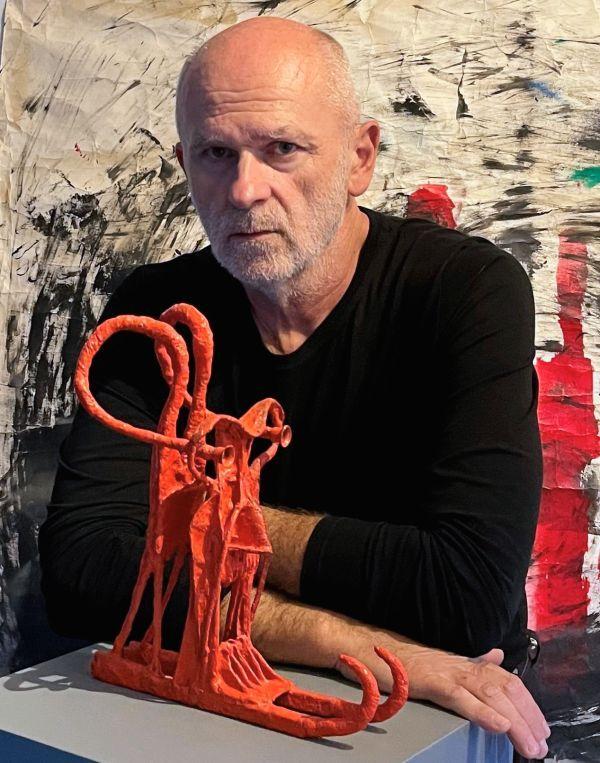
Is Kroměříž a suitable place to run such a gallery?
Little Haná is very conservative. It's going to take some work. It is easier to build a gallery and fill it with art than to get visitors into it. So far, people from Prague, Ostrava, Brno and Olomouc come to us. I've arranged with the exhibition centre operators to promote the gallery. Or with the elementary school teachers, they'll bring the kids to us. And then maybe the kids will bring their parents here. We also held Thursday meetings with selected artists and attendance was always in the dozens.
I would like the gallery to become the cultural centre of Kroměříž. It's a long-term process, but I'm sure it will happen.
You mentioned freedom several times during the interview. Is it important to you?
Absolutely. You cannot be happy without feeling free. Then you are dealing with something that will weigh you down and limit you. It's fantastic that I can have a gallery and not necessarily sell art. Otherwise, I'd have to choose artists with an investment plan. It'd be a tight squeeze there. I'm not tied down like that.
Even the business is not essential for me, I don't have to spend so much time on it. I am a regional entrepreneur and I have warehouses in Brno and Kroměříž. I don't want to grow any bigger so it doesn't suck me dry.
Such freedom is the destination of many people. But it may not be easy to get to it.
Maybe they don't have the guts. You can choose a field that doesn't earn as much, but you have to adjust. To find that balance – to have freedom and joy in life.
I have met artists who take their mission so intensely that they don't even want to exhibit or sell. All they care about is painting and creating, they refuse to put themselves under further pressure. They have chosen this freedom and they live in complete modesty – grateful to be able to create every day.
One cannot have everything, but one has a choice.
(mar)
